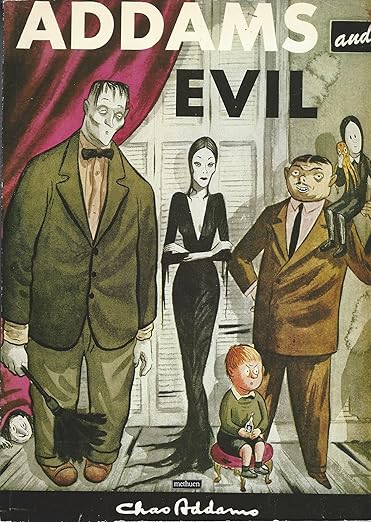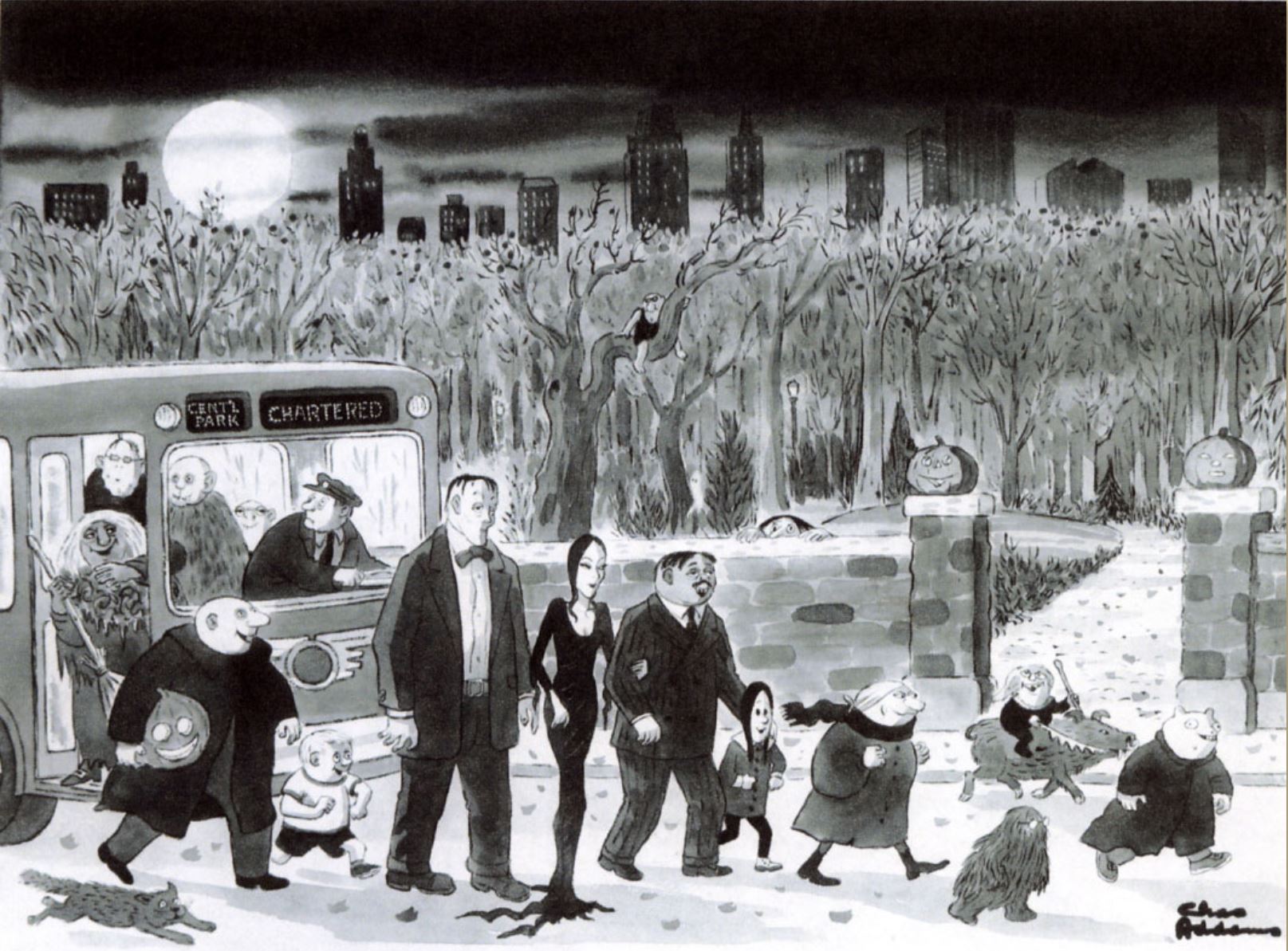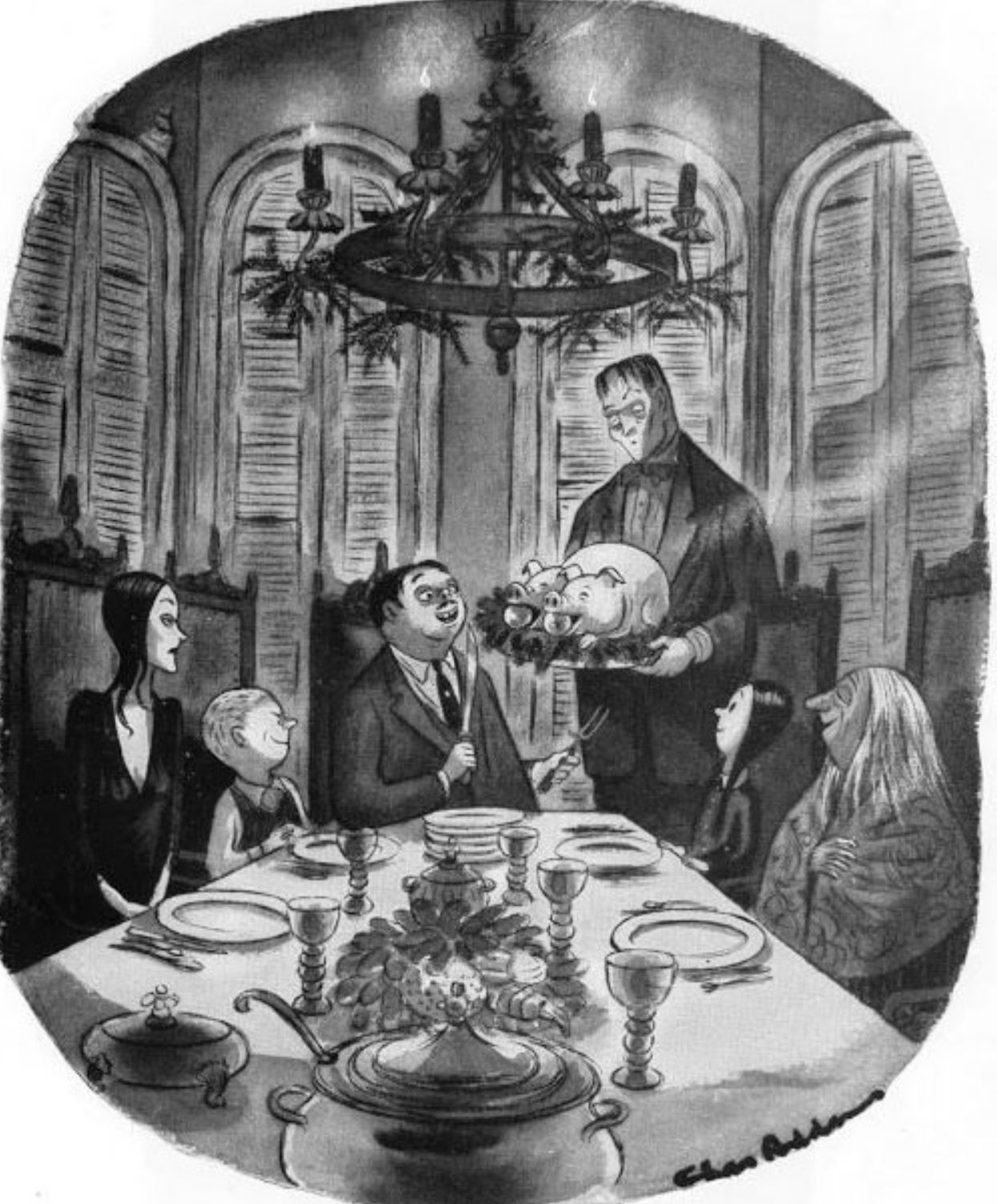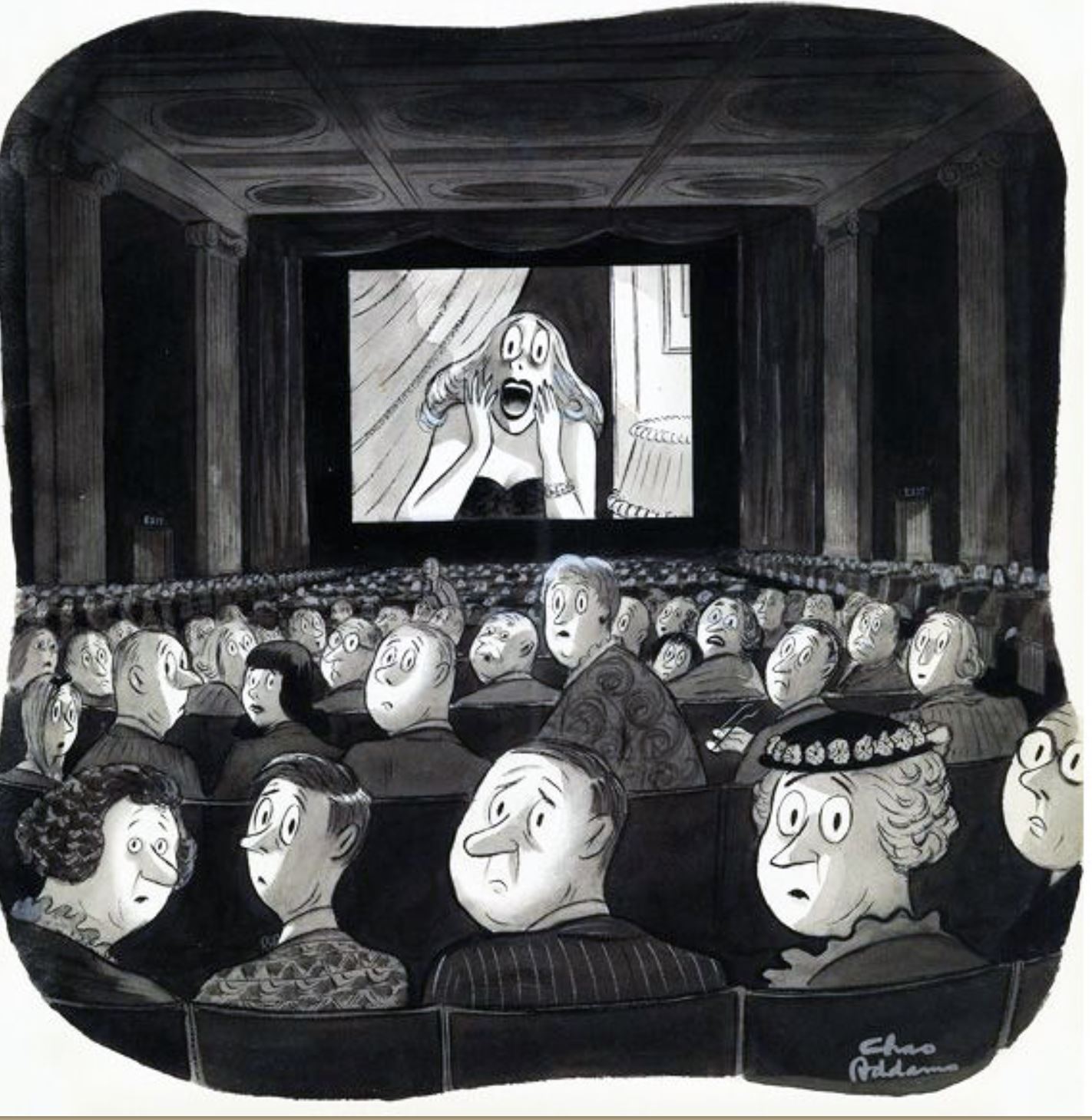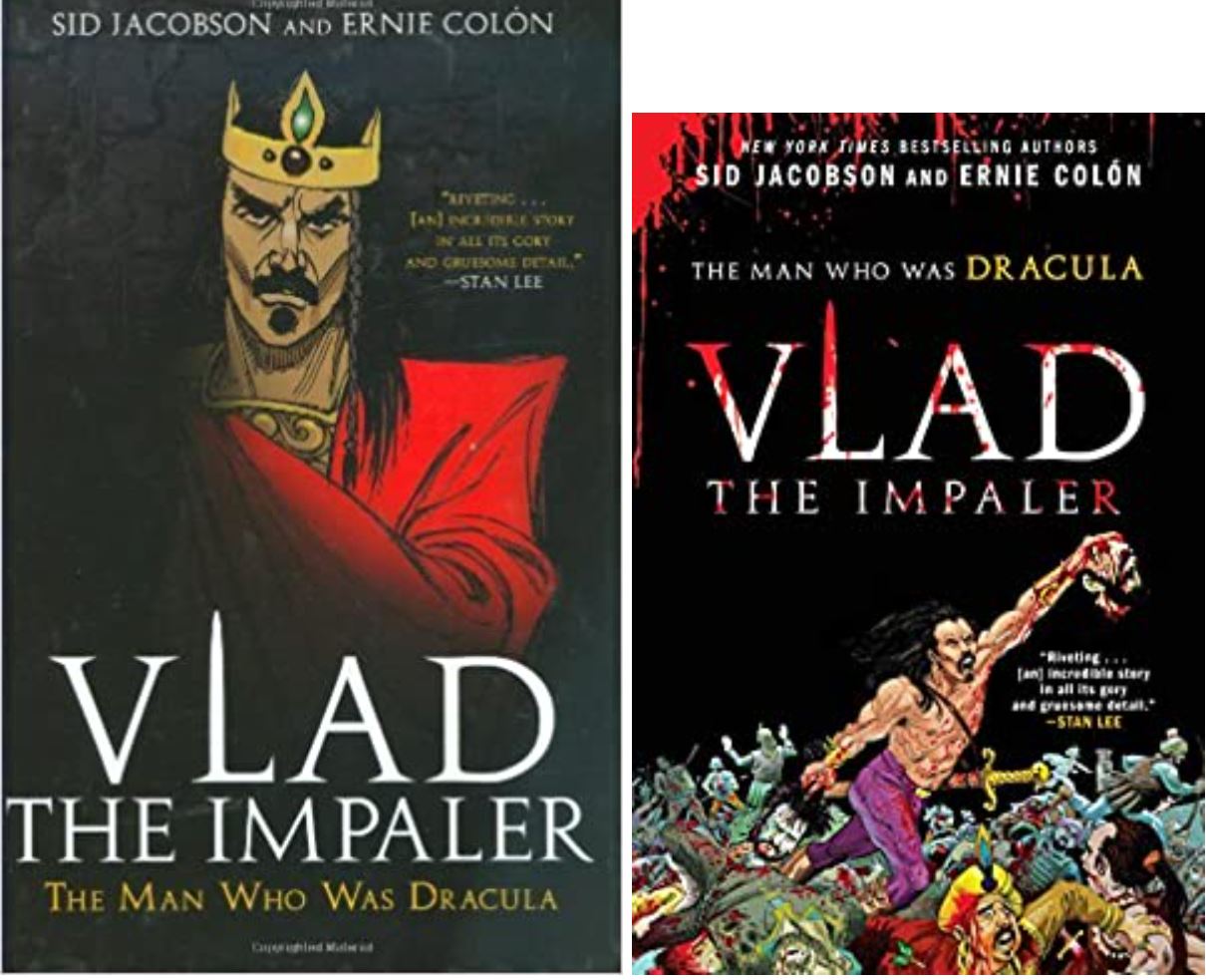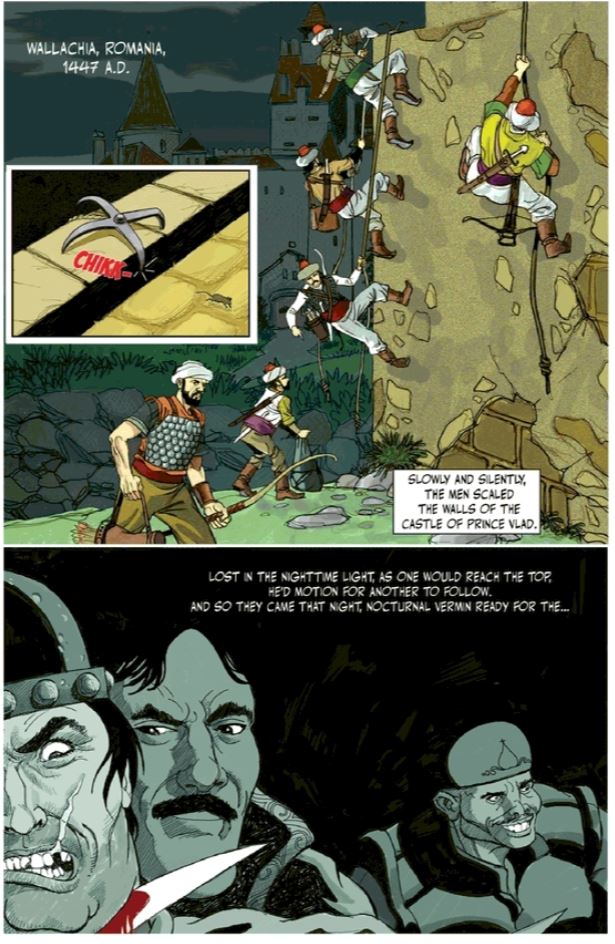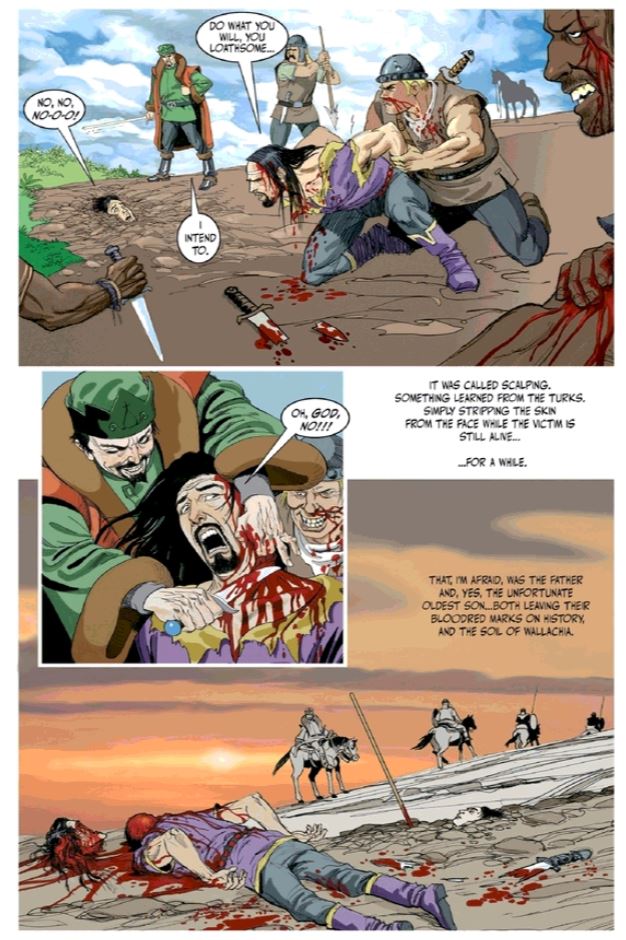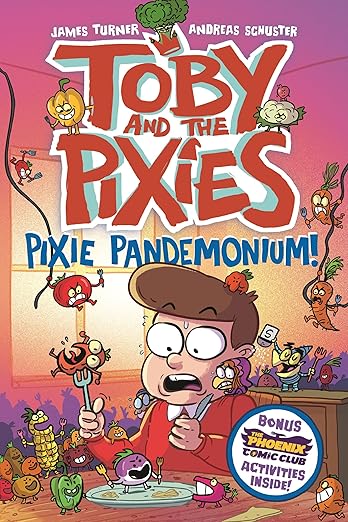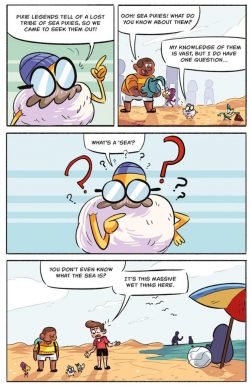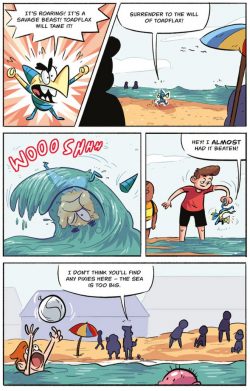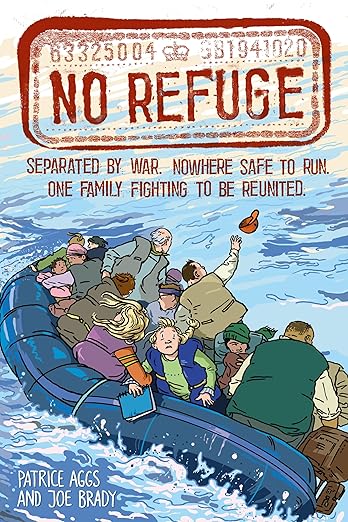

By Frank Hampton, George Beardmore, Eric Eden, Don Harley, Harold Johns, Greta Tomlinson, & various (Titan Books)
ISBN: 978-1-78586-292-2 (Album HB/Digital edition)
This book includes Discriminatory Content produced in less enlightened times.
There are quite a few comics anniversaries this year. Some of the most significant will be rightly celebrated, but a few are going to be unjustly ignored. As a feverish fanboy wedged firmly in the past, I’m again abusing my privileges here to carp about another brilliant vintage book, criminally out of print and not slated for revival either physically or in digital formats…
Launching on April 14th 1950 and running until April 26th 1969, Eagle was the most influential comic of post-war Britain, and possibly in our nation’s history. It was the brainchild of a Southport vicar, the Reverend Marcus Morris, who was increasingly concerned about the detrimental effects of American comic-books on British children and wanted a good, solid, middle-class Christian antidote.
Seeking out like-minded creators he peddled a dummy edition around British publishers for over a year with little success until he found an unlikely home at Hulton Press, a company that produced general interest magazines such as Lilliput and Picture Post. The result was a huge hit which soon spawned age and gender-specific clones Swift, Robin and Girl which targeted the other key demographic sectors of the children’s market.
A huge number of soon-to-be prominent creative figures worked on the weekly, and although Dan Dare is deservedly revered as the star, many strips were almost as popular at the time, with many rivalling the lead in quality and entertainment value according to the mores and developing tastes of that hope-filled, luxury-rationed, fresh-faced generation. Eagle’s mighty recurring pantheon included radio and film star attraction PC 49, soon-to-be TV sensation Captain Pugwash, radio cowboy Jeff Arnold/Riders of the Range and the inimitable Harris Tweed – who swiftly became stars other media and promotional tie-in like books, puzzles, toys, games, apparel and comestibles as well as and all other sorts of ancillary merchandising.
At its peak, the original Eagle sold close to a million copies a week, but inevitably, changing tastes and a game of “musical owners” killed the title. In 1960, Hulton sold out to Odhams, who became Longacre Press. A year later they were bought by The Daily Mirror Group who evolved into IPC. In cost cutting exercises many later issues carried cheap(er) Marvel Comics reprints rather than British-originated material. It took time, but those Yankee Cultural Incursionists won out in the end. In 1969, with the April 26th issue Eagle was subsumed into cheap ‘n’ cheerful iron clad anthology Lion, eventually disappearing altogether. Successive generations have revived the title, but not the success. Never as popular, a revived second iteration ran from 27th March 1982 to January 1994 (having switched from weekly to monthly release in May 1991).
However as we celebrate 75 years of post-empire wonderment, let’s just be clear on one thing. It’s Dan & Digby we all recall most fondly…
There is precious little that I can say about Dan Dare that hasn’t been said before and better. What I will say is that everything you’ve heard is true. Vintage strips by Frank Hampson and his team of dedicated artists are a high point in world, let alone British comics, ranking beside Tintin, Asterix, Tetsuwan Atomu, Lone Wolf & Cub and the best of Kirby, Adams, Toth, Noel Sickles, Milt Caniff, Roy Crane, Carl Barks and Elzie Segar. If you don’t like this stuff, there’s probably nothing any of us can do to change your mind, and all we can do is hope you never breed…
Breakneck pace, truly astonishing high concepts underpinned by hard science balanced with nonstop action leavened with wholesome music hall larks and some of the most beautiful and powerful art ever to grace a comic page makes the introductory exploit of Hampson’s Dan Dare as much a magical experience now as it was in 1950. Many companies have kept the legend alive in curated collections over the decades, and this 2018 Titan edition combines material from three of their 2004-2009 hardback collections.
Dan Dare: Pilot of the Future – The Venus Campaign merges and re-presents – on paper and digitally – the first two adventures of the strip that headlined groundbreaking, legendary Eagle. Spanning 14th April 1950 to September 28th 1951 for riotous rocket romp Voyage to Venus and followed by sequel saga The Red Moon Mystery as it appeared between October 5th 1951 and June 20th 1952, this tome introduces Colonel Daniel MacGregor Dare of the Interplanet Space Fleet and his batman Albert Fitzwilliam Digby – the truest of Brits who ever spacewalked – and an ever-expanding captivating cast to a eagerly anticipating nation.
The comics glories are preceded by an exuberant reminiscent Introduction by the artist’s son Peter Hampson, picture-packed background essay ‘The Genesis of Dan Dare: Pilot of the Future’ by Nick Jones, and bullet point biography of the series’ “Special Science Consultant” Arthur C. Clarke, all accompanied by a visual aid revealing ‘Who’s Who in Dan Dare’.

… And then it’s blast off as we learn in vibrant, vividly colourful 2-page chapters that Earth is slowly starving and must find new resources to feed its hungry billions. Space Fleet, despite three tragic losses, readies another exploratory mission to mystery planet Venus, where it is believed such agrarian resources may lie hidden beneath all-enveloping cloud cover. Earth’s last hope might be a strong-jawed, taciturn pilot and his podgy Lancastrian manservant…
Thus begins a fantastic, frenetic rollercoaster of action and wonderment, replete with all the elements of classic adventure: determined heroes, outlandish but deadly villains, fantastic locales and a liberal dose of tongue-in-cheek fun. Weeks pass and perils pop up and are dealt with in turn – everything from malfunctions, monsters, deadly new environments and hostile foes – but the clock is still counting down…
After a year of constant revelation, exploration and confrontation, Earth is still starving! Dan Dare and his team have not been heard from in weeks but humanity’s only hope is that the expeditionary force lost on Venus finds food and some way home!

The Colonel has his own problems. Surviving a deadly radiation barrier, ship explosion and crash, hostile terrain, drowning, enemy action and total separation from the rest of his team, he has learned that Venus is inhabited by two advanced races locked in a Cold War lasting for millennia. The situation is further complicated by the fact that one super-scientific side keeps slaves: partially and divergently evolved humans abducted from Atlantis on Earth millennia previously!
The ancient impasse on Venus ended the moment modern Earthmen penetrated the radiation screen bottling up the mysterious planet and got involved. Aiding apparently benevolent Therons against the ruthless reptilian Treens – malevolent emotionless myrmidons led by a genetically-created super brain dubbed the Mekon – leads to the vile mastermind advancing his long nurtured plans and launching an invasion of Earth!

Thankfully Dan and his crew are on hand, reunited and ready to stop him…
The victory segues straight into The Red Moon Mystery as Dan and his team – having broached the mysteries of Venus – move on to greater deeds. Attempting to top all that for sheer spectacle the creative cohort of Hampson and his associates (co-scripter George Beardmore and fellow artists Eric Eden, Don Harley, Harold Johns, Greta Tomlinson and others) delivered a splendid blend of suspense, tension and action as – thanks to an archaeological dig on Mars led by Dan’s uncle Ivor Dare – humanity is forewarned (barely) of impending supernal doom….
The ancient Martians were seemingly destroyed 200,000 years ago by an astral event involving a “red moon”, and as Dan & Digby ponder the fanciful story, their chief Sir Hubert Guest urgently despatches them into the deeper space to investigate a wandering object threatening to shatter the Earth colony on modern Mars. They press are calling the hurtling projectile the red moon…
Soon, all of Space Fleet is mustered to evacuate Mars but face an escalating crisis as the super-magnetic anomaly changes course and imperils the entire solar system before locking trajectories with Earth. When Dan leads a mission to survey the mystery asteroid prior to blowing it up, he uncovers a shocking secret beneath its surface, one that derails Space Fleet’s plan to save the world and humanity…

Gripping, trenchantly exploring humankind under pressure of global annihilation, beautifully illustrated and progressing at a breathless pace, this is a superb piece of End of the World drama, easily matching the best of post-war doom-smiths like John Wyndham or J. G. Ballard. It’s also got a happy, if portentous, ending…
Dan Dare, his faithful crew and the Eagle were a key part of British life from the outset and the secret is the sheer quality of the artwork and accessibility of the stories. Hampson & Co brought joy and glamour into the lives of a weary nation and this tome compellingly recaptures it all. The volume concludes with more picture-draped documentary material beginning with ‘An Interview with Frank Hampson’ as conducted by Alan Vince, biography ‘Tomorrow Man – Frank Hampson 1918-1985’ and the ‘Dan Dare: Pilot of the Future Checklist’…
Solid, cleanly wholesome entertainment, timeless and produced to the highest standards, this is a glorious tribute to unforgettable heroes of a forgotten future, deserving of and demanding your attention. If you’re into comics, you should own this volume. If you love a good read, you should seek out this book and its sequels. Simply put, if you’re just Decent and British, Dammit, you should love these stories! It almost makes one proud to be an Earthling…
Dan Dare and all related characters and elements depicted herein are © 2018 Dan Dare Corporation Ltd. All rights reserved.
